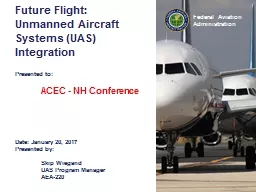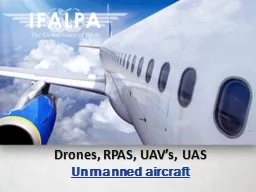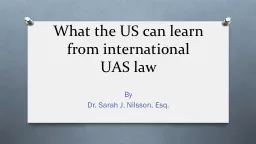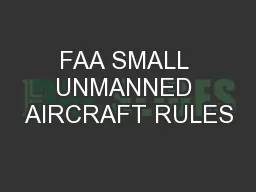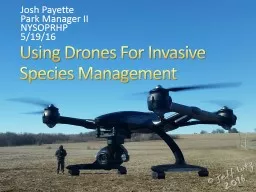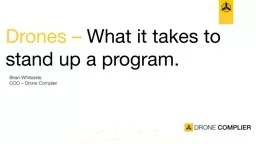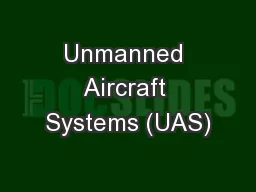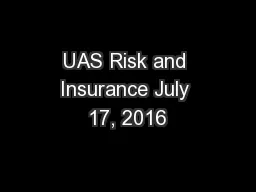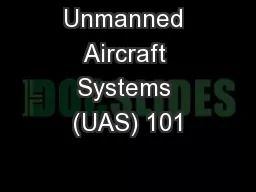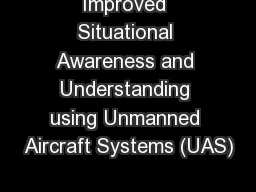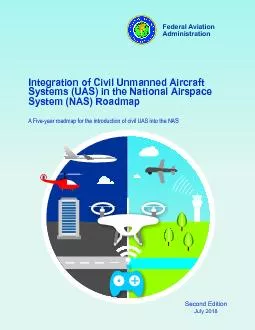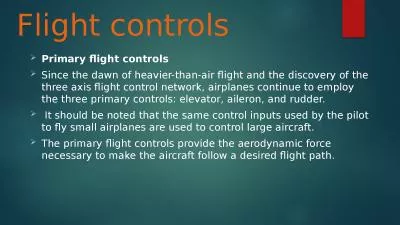PPT-Future Flight: Unmanned Aircraft Systems (UAS) Integration
Author : danika-pritchard | Published Date : 2018-11-28
Overview Unmanned Aircraft Systems FAA Authority UAS Registration Types of UAS Operations Modeler Operations Part 101 Small UAS Rule Part 107 Operating Rules Becoming
Presentation Embed Code
Download Presentation
Download Presentation The PPT/PDF document "Future Flight: Unmanned Aircraft System..." is the property of its rightful owner. Permission is granted to download and print the materials on this website for personal, non-commercial use only, and to display it on your personal computer provided you do not modify the materials and that you retain all copyright notices contained in the materials. By downloading content from our website, you accept the terms of this agreement.
Future Flight: Unmanned Aircraft Systems (UAS) Integration: Transcript
Download Rules Of Document
"Future Flight: Unmanned Aircraft Systems (UAS) Integration"The content belongs to its owner. You may download and print it for personal use, without modification, and keep all copyright notices. By downloading, you agree to these terms.
Related Documents

